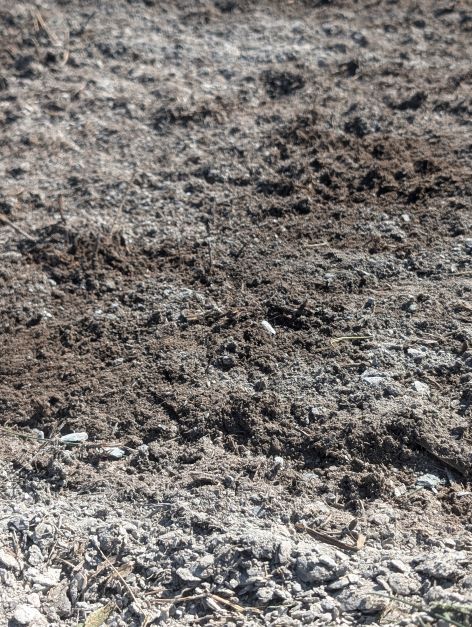Determining Heavy Metal and Lead Content in Your Soil
During this time of year, many passionate gardeners are busy testing and amending the soils of their vegetable gardens, ensuring their food havens are ready for the next growing season. This proactive approach is especially beneficial for vegetable gardens, as the break between growing seasons gives the soil a chance to settle and allows for the incorporation of any amendments. However, one often overlooked benefit of soil testing in vegetable gardens is heavy metal testing, which can be crucial for historically used or reclaimed lots in urban settings.
Unless situated on the perimeter of a metropolitan area, the nature of urban environments suggests that available land has never "always" sat fallow or unused in its history within a city. Instead, the land has much more likely been utilized and repurposed multiple times, potentially in deindustrialized zones or other areas of contamination. Factor in other relatively recent environmental protections, such as the prohibition of lead paint in the '70s, the banning of lead-based pesticides in the '80s, and the outlawing of leaded gasoline in the '90s, and this leaves many years of potential prior contamination eras possible.
Conducting a heavy metals test on soil that one is concerned may be contaminated is as simple as performing a standard soil test through your local Extension office, with the caveat that the price for said test will be increased. Nevertheless, by doing so, one will discover not only the levels of lead in their soil but also arsenic, cadmium, and chromium. With this information, a gardener will then be informed of the safety of said levels.
Lead, in particular, can tend to be a more significant issue in urban environments because of the contamination factors mentioned. Luckily, a vegetable gardener is not "doomed" to never grow again if they have contaminated land – they just need to get creative (and somewhat meticulous) with their garden practices.
Incorporating compost into lead-contaminated soil has been shown to significantly dilute the amount of the element present as consecutive years of incorporation are observed. Growing cover crops that include sunflower, kale, clover, or mustard greens has also been shown to significantly absorb and remove soil lead over growing seasons, with the strong caveat that these should not be harvested, ingested, or reincorporated into the soil.
Chemically speaking, a high soil pH and abundant phosphorus in lead-contaminated soil significantly affect the "bioavailability" of the lead or the amount of lead that can be absorbed if consumed. Both factors influence the formation of ions in the soil, rendering lead in a form that is less absorbable and, therefore, less of a hazard. In any case, it is still important to remember that there is no safe level of lead exposure, so it is best not to grow harvestable crops in these soils until they are wholly amended and remedied through years of remediation.
Once significant remediation has occurred, it is still recommended to avoid growing root crops or leafy greens in this type of soil, as these have the highest probability of further contamination while periodically testing for heavy metals. For this reason, raised beds can be your saving grace with contaminated land, excluding plants from the ground altogether but not the garden. In any case, it is crucial to remember when addressing heavy metals in your soil that there are still options available for producing fresh, nutritious, and, most importantly, safe produce.
by Anthony Reardon, Horticulture Small Farms Extension Agent